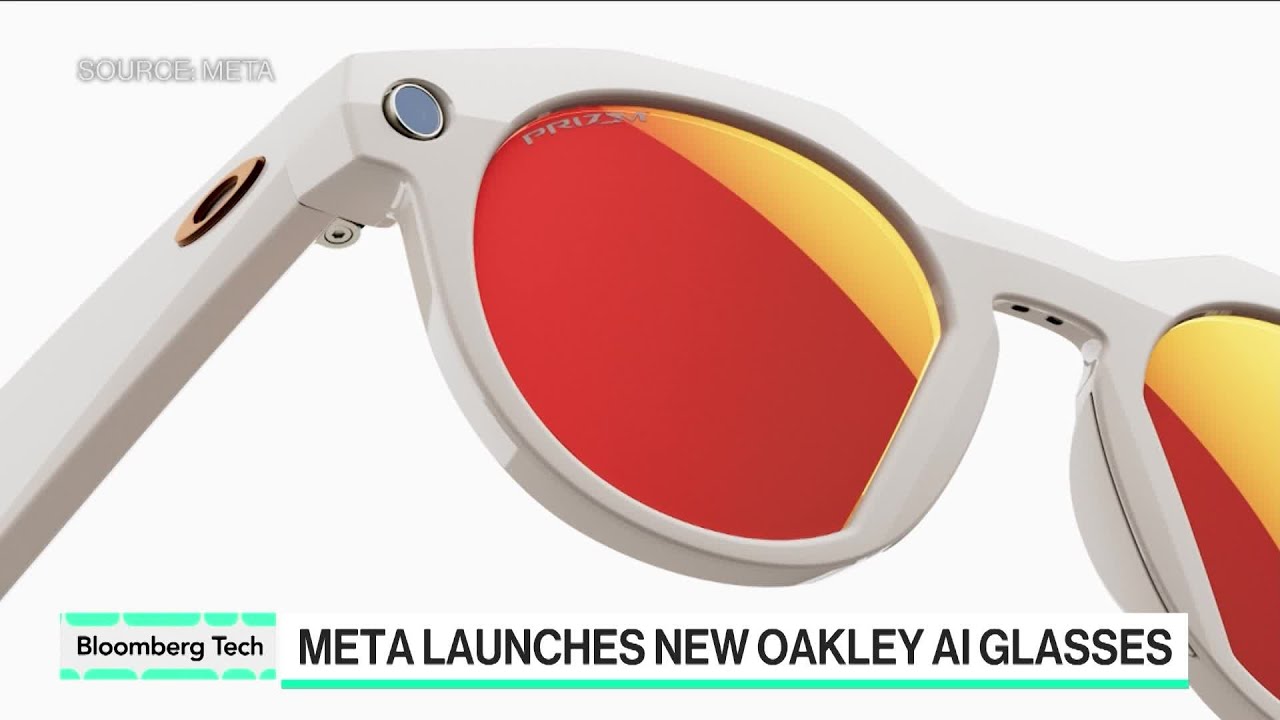Meta has launched $399 Oakley AI glasses targeting thrill-seekers with a lightweight, practical design that aims to offer more accessible augmented reality experiences while improving manufacturing margins compared to VR headsets. However, despite potential niche appeal, Meta faces significant challenges in building a robust ecosystem and achieving large-scale market adoption, limiting the glasses’ growth compared to established products like Apple’s wearables.
The video discusses Meta’s launch of $399 Oakley AI glasses, highlighting their appeal for thrill-seekers who use them on rollercoasters and other adventurous activities. The glasses represent a more practical and user-friendly form factor compared to traditional VR headsets, making them easier to wear and use in everyday situations. This shift towards lightweight, stylish glasses like the Oakley and Ray-Ban models is seen as a strategic move by Meta to offer more accessible augmented reality experiences.
From a business perspective, the glasses are expected to have better gross margins than VR headsets. Meta’s Reality Labs division is currently facing significant financial losses, estimated at around $20 billion this year, with no clear timeline for profitability. By focusing on smart glasses rather than fully immersive VR headsets, Meta aims to reduce manufacturing complexities and costs, potentially improving their financial outlook. The glasses also align with Meta’s strategy to enhance their existing DisplayLess technology.
When considering market potential, the video compares sales figures of various wearable devices. Apple Watch sells about 40 million units annually, AirPods around 70 to 80 million, while Ray-Ban smart glasses sold approximately 1 million units last year. VR headsets reached about 7 million units sold. The Oakley glasses, sharing the same parent company as Ray-Ban, might scale to 1-2 million units this year, but this is still modest compared to Apple’s ecosystem-driven products.
A major challenge for Meta remains the ecosystem and content availability. Apple’s success with wearables is largely due to its robust App Store and integrated ecosystem, which is difficult to replicate. Despite Meta’s significant investments, building a similarly compelling ecosystem for their smart glasses has proven challenging. This limits the potential for rapid scaling and widespread adoption of Meta’s glasses.
In summary, Meta’s Oakley AI glasses represent a strategic pivot towards more practical and financially viable augmented reality devices. While they offer advantages in form factor and manufacturing, the company faces hurdles in ecosystem development and market penetration. The glasses may find a niche audience but are unlikely to reach the scale of Apple’s wearables anytime soon, reflecting the broader challenges in the AR and VR industry.
